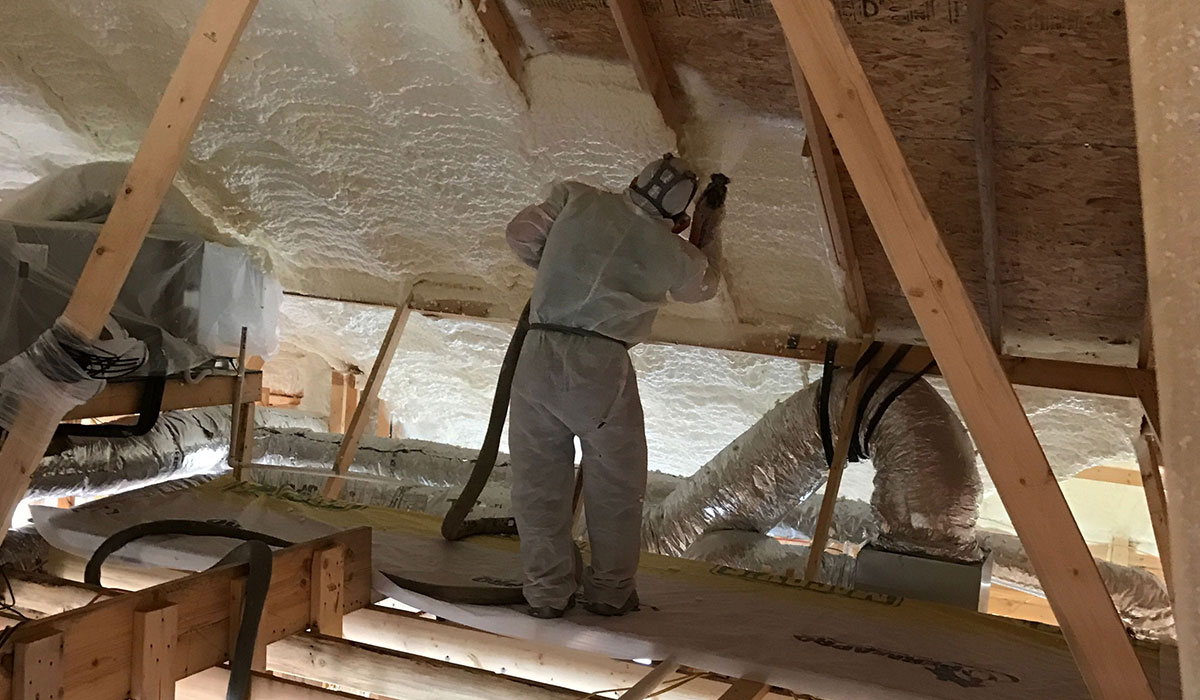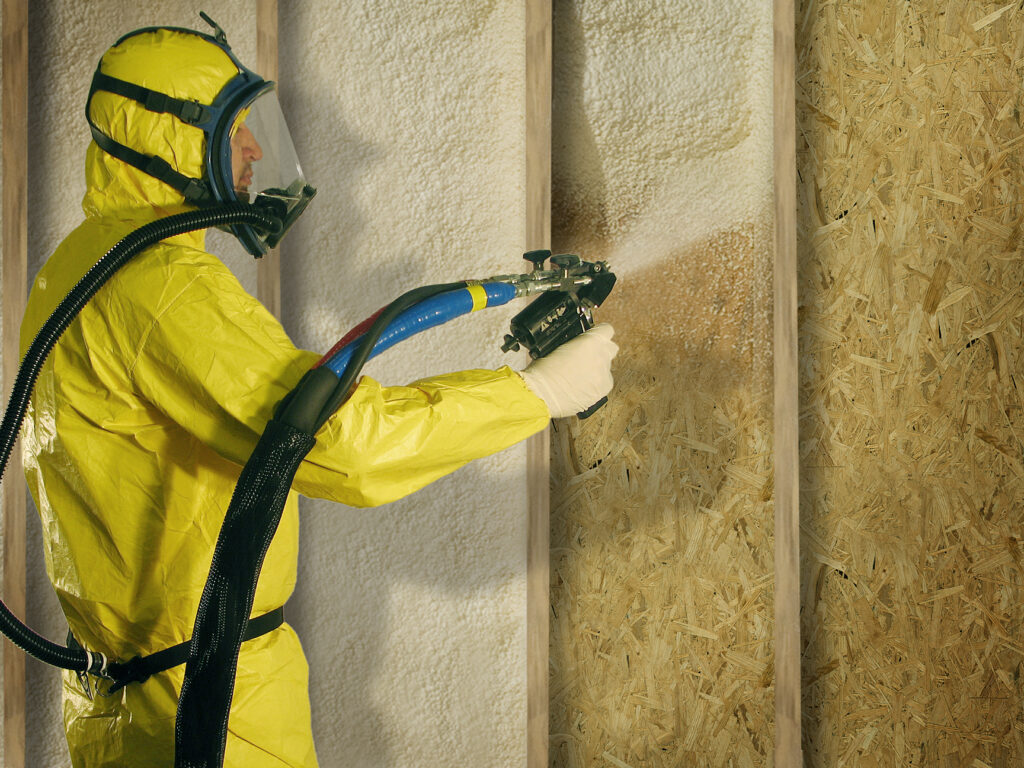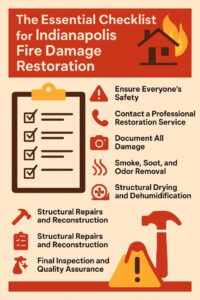Residential spray foam insulation offers more than just thermal control—it delivers structural reinforcement, energy efficiency, and moisture management that can pay off for years. While the upfront cost is often higher than other insulation types, the long-term return makes it a valuable upgrade for homeowners and property investors seeking durability and performance. This article outlines the key reasons why spray foam insulation stands out as a strong long-term investment.
Spray Foam Improves Energy Efficiency Year After Year
An expert residential spray foam insulation contractor reduces air leakage and minimizes thermal transfer, lowering energy consumption for heating and cooling. This ongoing energy savings contributes directly to long-term return.
Closed-Cell and Open-Cell Options Both Reduce Heat Loss
Closed-cell spray foam offers a higher R-value per inch (typically around 6.5), creating a dense barrier that limits both conductive and convective heat transfer. Open-cell foam has a lower R-value (around 3.6) but expands more, helping fill irregular gaps and cavities.
- Open-cell is often used for interior walls and ceilings.
- Closed-cell is ideal for exterior walls, crawl spaces, and unvented attics.
Both types reduce HVAC workload and contribute to more consistent indoor temperatures.
Lower Utility Costs Lead to Long-Term Savings
By sealing gaps and controlling heat flow, spray foam cuts down on energy bills month after month. This makes the insulation cost-effective when measured over the lifespan of the home.
- Heating and cooling typically account for 40–50% of household energy use.
- Spray foam reduces load on equipment, which may delay replacement cycles.
Over a 10–15 year span, this insulation often pays for itself through energy savings alone.
It Provides Structural Reinforcement and Longevity
Spray foam doesn’t just insulate—it also strengthens building assemblies. This added durability reduces maintenance costs and helps preserve the building envelope over time.
Closed-Cell Foam Adds Rigidity to Framing
Once cured, closed-cell foam adheres tightly to wood, metal, and masonry. This bond adds stiffness to walls, roofs, and other structural members.
- Helps reduce racking forces during wind or movement.
- Improves building durability, especially in storm-prone regions.
The insulation doesn’t deteriorate or compress, unlike fiberglass batts that can sag over time.
Foam Resists Settling and Deterioration
Unlike loose-fill or batt insulation, spray foam maintains its position and shape. It doesn’t settle or shift, which prevents future voids or thermal gaps from forming.
- Foam remains inert and doesn’t degrade under normal use.
- Its adhesion to surfaces prevents gaps caused by vibration or building movement.
This stability contributes to long-term insulation consistency without the need for reapplication.
Moisture Resistance Helps Protect Against Long-Term Damage
Moisture is a leading cause of insulation failure, mold growth, and wood decay. Spray foam acts as both a vapor and air barrier, helping prevent moisture intrusion and condensation.
Closed-Cell Foam Prevents Vapor Transmission
Closed-cell spray foam resists water absorption and is suitable for damp areas such as basements, crawl spaces, and rim joists.
- Limits mold development by keeping materials dry.
- Prevents internal condensation during seasonal temperature swings.
By reducing interior humidity loads, it also helps indoor air quality remain stable.
Air Sealing Reduces Moisture Migration
Moisture often enters wall systems through air leaks—not just direct contact with water. Spray foam closes these air pathways, preventing moisture-laden air from reaching cold surfaces where it could condense.
- Blocks both high- and low-pressure moisture intrusion.
- Protects insulation layers and framing behind walls and ceilings.
This protective role minimizes long-term repair needs caused by water damage or mold.
Comparing Spray Foam to Other Residential Insulation Materials
When assessing insulation as an investment, it’s important to weigh performance durability, energy savings, and lifespan. Spray foam outperforms most materials in key categories.
| Insulation Type | R-Value per Inch | Air Sealing Ability | Moisture Resistance | Long-Term Durability | Maintenance Need |
|---|---|---|---|---|---|
| Closed-Cell Spray Foam | ~6.5 | Excellent | Excellent | Excellent | Low |
| Open-Cell Spray Foam | ~3.6 | Excellent | Moderate | High | Low |
| Fiberglass Batts | ~3.2 | Poor | Low | Moderate | High |
| Cellulose (Blown-In) | ~3.5 | Fair | Moderate | Moderate | Moderate |
| Mineral Wool | ~4.0 | Fair | High | High | Moderate |
Spray foam combines high thermal resistance with air sealing and moisture control in a single application, making it a comprehensive insulation upgrade.
Spray Foam Adds Real Estate and Resale Value
Beyond energy savings, insulation contributes to the perceived and appraised value of a home. Spray foam often appeals to buyers looking for energy-efficient or low-maintenance properties.
Energy-Efficient Homes Have Higher Buyer Appeal
Homes with lower utility costs and improved insulation stand out in competitive markets. Energy efficiency certifications may factor into appraisals and resale pricing.
- Spray foam can contribute to ENERGY STAR ratings and building envelope testing.
- Prospective buyers value homes that already include high-performance upgrades.
The presence of spray foam insulation may reduce buyer objections around HVAC systems or comfort levels.
Less Future Work for Buyers
Spray foam installations reduce the likelihood that new owners will need to upgrade insulation soon after purchase. This lowers total cost of ownership and helps justify price premiums during sale negotiations.
Conclusion
A professional spray foam insulation company offers a combination of durability, efficiency, and structural value that makes it one of the most effective long-term investments available to property owners. From energy savings and reduced HVAC strain to better moisture control and enhanced comfort, it provides performance that holds up year after year.
Unlike traditional materials that degrade, compress, or allow air movement, spray foam maintains its shape, seals critical gaps, and reinforces the building envelope. For homeowners who plan to stay long-term—or want to increase their home’s resale appeal—this insulation choice offers ongoing returns well beyond its installation date.
FAQs
Does spray foam insulation last as long as the house? Yes. Spray foam remains stable and effective for decades when installed correctly. It doesn’t degrade under normal indoor conditions and maintains performance without settling.
How does spray foam improve energy efficiency over time? It reduces uncontrolled air movement, stabilizes interior temperatures, and limits HVAC cycling. These factors lead to consistent energy savings across all seasons.
Will closed-cell foam prevent moisture problems? Yes. Closed-cell foam resists both liquid water and water vapor, making it ideal for use in basements, crawl spaces, and rim joists where moisture issues are common.
Is spray foam better than batt insulation for long-term use? Yes. Spray foam does not shift, sag, or leave gaps over time. Batt insulation often becomes less effective due to compression, movement, or moisture damage.
Does installing spray foam increase property value? It can. Homes with energy-efficient upgrades—including sealed attics or walls with spray foam—often have higher buyer interest and lower inspection-related concerns.
Reviewer: Jack Parker, a spray foam professional with 7 years of experience, reviewed this post and helped improve sections dealing with brand clarity and customer communication.












